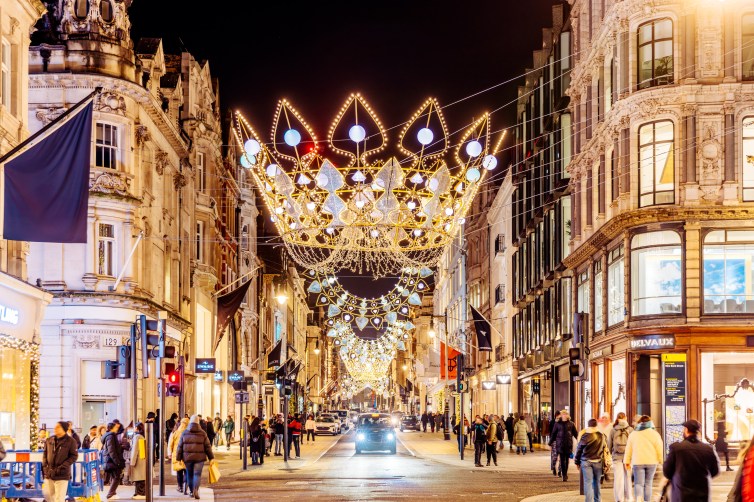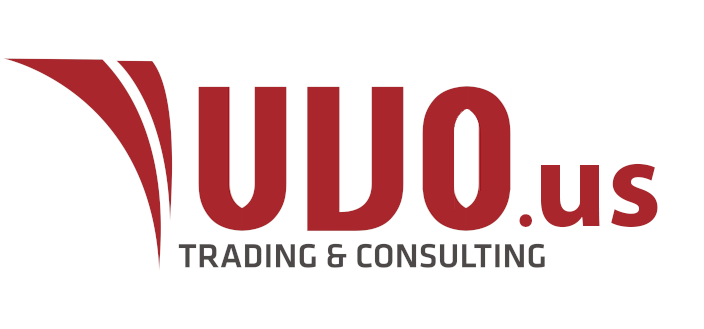Why luxury brands are struggling — and how canny shoppers can benefit.

Luxury labels and e-commerce retailers have hiked prices way above the rate of inflation, prompting a consumer backlash from London to Shanghai.
The boutiques on London’s Bond Street, Avenue Montaigne in Paris, and Manhattan’s Madison Avenue look as cool as the December weather. Unsmiling, black cashmere-clad assistants dust, arrange, and then re-arrange the cabinets displaying spring/summer 2024 collections. The only detail tarnishing the chic tableau is a sign in many windows. It reads: SALE! UP TO 60% OFF!
The picture is even uglier online. There, it’s not just the snazzy clothes that are being sold off at bargain-basement prices. Entire firms are changing hands dirt-cheap.
Mike Ashley’s pile-it-high, sell-it-cheap Frasers Group snapped up Mayfair-based Matchesfashion, the luxury clothing e-tailer, from Apax Partners for just over £50 million earlier this month, after it suffered a third consecutive year of slipping sales. The private equity firm had acquired a majority stake in Matchesfashion in 2017 from founders Tom and Ruth Chapman in a deal valued at $1 billion.

The fire sale came two days after Farfetch, Matchesfashion’s rival, was sold to the South Korean e-commerce giant Coupang, which provided $500 million (£390 million) in emergency funding to stave off bankruptcy. The London-based e-tailer has lost more than 90 per cent of its market value in the past two years.
The Mytheresa e-commerce platform could be the next domino to topple. Its chief executive, Michael Kliger, says it is enduring “the worst market conditions since 2008”.
Ever since wealthy consumers began splurging on luxury goods during the pandemic — when online shopping became a form of therapy for the richest 1 per cent — analysts have regularly predicted the end of the boom. Every time, consumers have defied them — until now. “This is fashion’s winter of discontent,” said John Hooks, the Briton who has served as right-hand man to first Giorgio Armani and then Ralph Lauren and now runs his own upscale retail consultancy.
Some $270 billion has been wiped off the value of the world’s leading fashion brands and luxury e-commerce platforms in recent months, as consumers tighten their Gucci belts. Amid slowing growth, the market value of Louis Vuitton Moët Hennessy (LVMH), the world’s largest luxury goods conglomerate, has slumped from a peak of €500 billion (£430 billion) to below €350 billion at its lowest point.
It is no longer Europe’s most valuable company. That honour now goes to Novo Nordisk, maker of the weight-loss drugs Ozempic and Wegovy, proving that you really can never be too rich or too thin.
Rival behemoth Kering — which owns Gucci, Saint Laurent, Bottega Veneta and Alexander McQueen — suffered a 9 per cent decline in sales to €4.46 billion in the third quarter, prompting a slump in its share price to a low of €376 — from a year-to-date high of €603.
Britain’s Burberry — which is in the midst of a turnaround under a new chief executive, Jonathan Akeroyd, and a new designer, Daniel Lee — has warned that it may not be able to meet its original forecast of low double-digit revenue growth for the 2024 fiscal year. That’s after sales rose just 1 per cent in the second quarter, compared to an 18 per cent jump in the previous three months.
Luxury is feeling “the squeeze”, admitted Johann Rupert, boss of Richemont, the Swiss owner of Cartier and watchmakers including IWC and Vacheron Constantin, as well as the struggling online retailer Net-a-Porter. HSBC’s global head of consumer and retail research, Erwan Rambourg, said “exuberant post-lockdown growth” is over.

But there is more to the slump than the end of lockdown therapy and post-lockdown revenge spending. The vogue for buying pricey casualwear and athleisure — a trend that began when everyone was working from home, and continued when office dress codes loosened post-pandemic — has faded. Wealthy folk have enough cashmere sweaters now.
Meanwhile, interest rates are high and inflation is putting pressure on all household budgets. Added to this, the collapse in value of a number of crypto assets has wiped out many digital fortunes, notably in the US.
Chinese consumers, who have so often come to the rescue of the luxury sector, are pulling back in line with slowing growth in the world’s second-largest economy. Chinese fashionistas are expected to contribute 22-24 per cent of worldwide luxury spending this year, down from one-third, according to the management consultancy Bain & Co. Conflict in the Middle East has further hit sentiment.
There’s a “challenging macro environment from all regions”, Burberry’s Akeroyd said.
Overshadowing all those concerns, however, is one issue that the shiny maisons de luxe and e-commerce platforms are loath to discuss: price. Many labels decided to cash in on the pandemic-induced explosion in demand by putting up their prices, often by much more than the rate of inflation — and e-commerce platforms were eager to follow.
Research by Luca Solca, leading luxury analyst at the investment firm Bernstein, shows that 21 out of 23 of the best-known fashion brands have increased the prices of their products in the past two years. Chanel, Prada, Dior, Louis Vuitton and Loewe have led the pack.
Prices of handbags have risen the most. Chanel’s iconic 2.55 handbag has increased from $5,800 in 2020 to $10,200 today. Prada’s Galleria is up to $4,300 from $2,750 in 2021. Louis Vuitton’s Speedy 30 handbag costs $1,550, compared with $1,160 in 2020.
On average, luxury prices are up 32 per cent since 2019, according to the Paris-based luxury data platform Luxurynsight. The result is sticker shock — the phenomenon of buyers, even well-heeled ones, turning green at the sight of the price on the label. The British Retail Consortium and consultancy KPMG report that UK consumers are “avoiding expensive categories”, including high fashion, jewellery and watches. Credit card spending on luxury fashion has been on the wane for six quarters in a row, Bank of America data shows.
Some consumers are going further and publicly accusing brands of price gouging. “Don’t piss me off,” a fashion influencer called @ghostinmypocket tweeted recently alongside a screenshot of a $1,295 dress made of a semi-synthetic fibre. Till Dudler, managing director at the consultancy firm Accenture, said: “The pricing game is ending.”
Most companies respond to weakening demand by cutting prices. Platforms such as Net-a-Porter, which buy stock from fashion brands to sell on at a margin, can discount to clear inventory then rejig price structures. Expect bargains galore in the next few months.
But luxury goods firms can’t cut prices outside annual sale periods. “The big labels insist their materials, craftsmanship and design justify high prices. If they reduce the price, they dilute their brand value and risk killing their business,” explained Jonathan Siboni, chief executive of Luxurynsight.
To gin up growth, Siboni predicts that the luxury labels will take a leaf out of the playbook of the luxury carmakers — by introducing new products at a lower price. “Porsche cannot reduce the price of its iconic 911 sports car without hitting margins and devaluing every 911 it has ever sold and the brand itself,” he said. “So what has it done to grow? Introduce new products that are cheaper, such as the Boxster, the Cayman or the Macan.”
Claudia D’Arpizio, a Bain & Co partner, agreed that brands need to introduce new entry-level products to maintain “sound contribution from aspirational customers”.
Don’t be surprised if you find new “cheaper” bags, T-shirts, polo shirts and even the odd key ring in the boutiques of London, Paris and New York this spring… provided brands make it that far.




